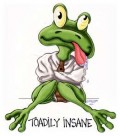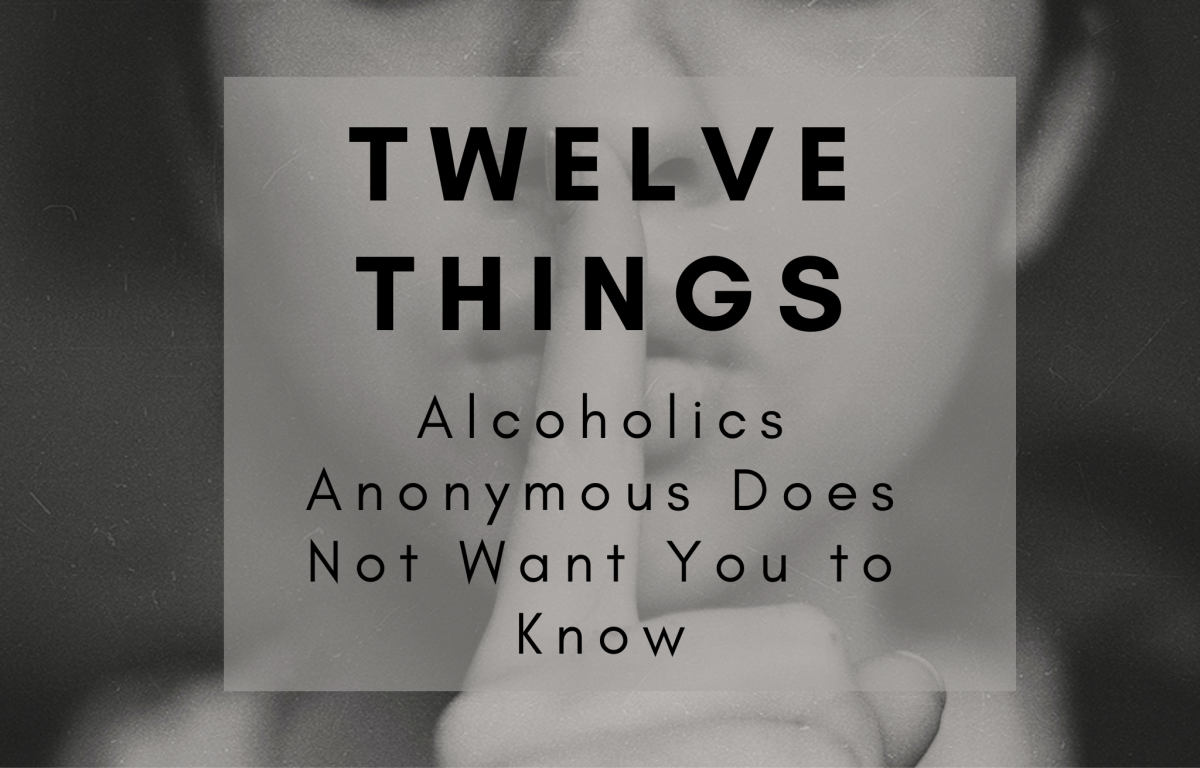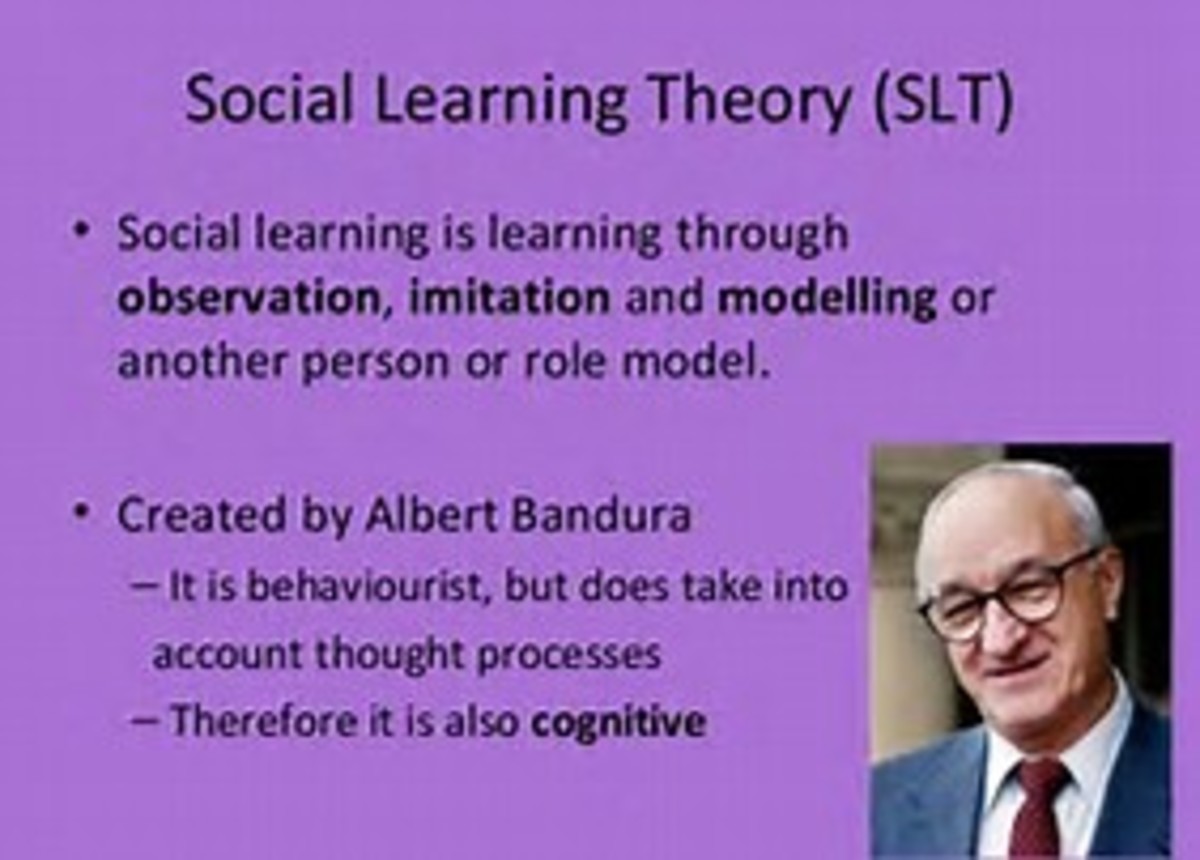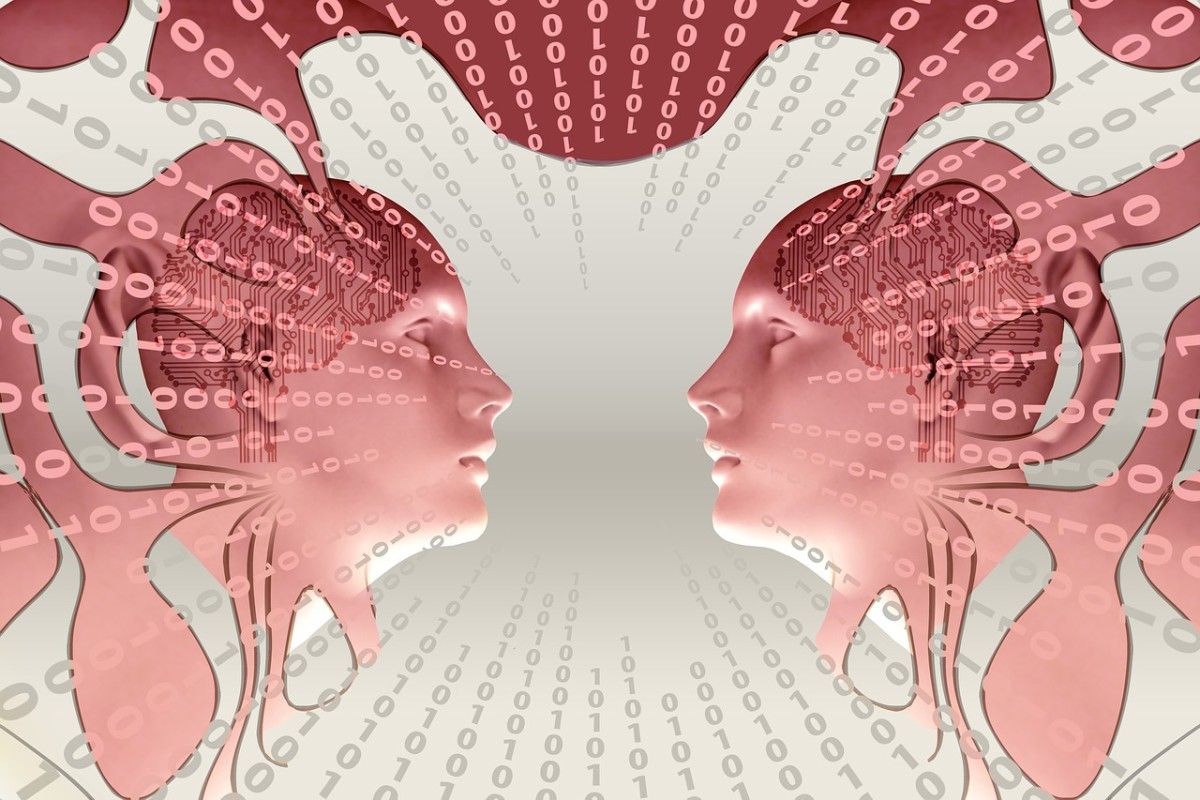Overview of Cognitive Behavior Therapy (CBT)
Overview
Population: Depression, Anxiety, Trauma Survivors, and others will cognitive distortions.
Basic Premise: Some individuals, whether environmentally or due to learning / behavioral disorders, do not learn to process their thoughts and feelings in the same manner as others. These individuals experience distortions of thought that interfere with their ability to process, interpret, and respond to the thoughts or beliefs of themselves and others. In these cases discussion and activities with a therapist or other qualified adult can re-shape these thought processes and help the individual to process and respond to information in a more socially appropriate manner.
Variations: Cognitive Therapy (CT), Rational Emotive Therapy (RET), Mindfulness-Based Cognitive Behavioral Therapy (MCBT), Dialectical Behavior Therapy (DBT)
Differences Between CBT and MCBT: CBT identifies distorted / incorrect thoughts and attempts to correct them by targeting the fallacies contained in these thoughts. MCBT does not address the thoughts directly but rather helps the individual come to a realization that these thoughts do not complement societal expectations.
List of Cognitive Distortions
1. All-or-nothing thinking - Thinking of things in absolute terms, like "always", "every" or "never". Few aspects of human behavior are so absolute.
2. Over generalization - Taking isolated cases and using them to make wide generalizations.
3. Mental filter - Focusing exclusively on certain, usually negative or upsetting, aspects of something while ignoring the rest, like a tiny imperfection in a piece of clothing.
4. Disqualifying the positive - Continually "shooting down" positive experiences for arbitrary, ad hoc reasons.
5. Jumping to conclusions - Assuming something negative where there is no evidence to support it. Two specific sub types are also identified:
· Mind reading - Assuming the intentions of others.
· Fortune telling - Predicting how things will turn before they happen.
6. Magnification and Minimization - Inappropriately understating or exaggerating the way people or situations truly are. Often the positive characteristics of other people are exaggerated and negative characteristics are understated. There is one sub type of magnification:
· Catastrophizing - Focusing on the worst possible outcome, however unlikely, or thinking that a situation is unbearable or impossible when it is really just uncomfortable.
7. Emotional reasoning - Making decisions and arguments based on how you feel rather than objective reality.
8. Making should statements - Concentrating on what you think "should" or ought to be rather than the actual situation you are faced with, or having rigid ruleswhich you think should always apply no matter what the circumstances are. Albert Ellis termed this "Masturbation".
9. Labeling - Explaining behaviors or events, merely by naming them; related to over generalization Rather than describing the specific behavior, you assign a label to someone or yourself that puts them in absolute and unalterable terms.
10. Personalization (or attribution) - Assuming you or others directly caused things when that may not have been the case. When applied to others, blame is an example.
Summary
In CBT, the first step is to identify the troubling thoughts. In this case, perseverations on other students, anxiety over work to be done, and excessive competition are the most commonly identified issues. Sensory overload can also be addressed. It is important to specify the exact thoughts / feelings that are identified, using the child’s own words whenever possible. This helps the child relate to what is being said, shows that you are actively listening, and also helps you more effectively target the specific thoughts being addressed.
The next step is to identify which distortion is being used in each thought pattern. In many cases, there will be more than one distortion. For example, all-or-nothing thinking, filtering, and discounting the positive can all relate to a negative belief regarding one’s ability to take and pass tests. When there is more than one distortion associated with a thought, it is important to identify the one that is most influential.
It is important to work on 1-2 major distortions at a time. Addressing more than 2 distortions at any given time can cause the child and the therapist / coach to become overwhelmed and frustrated. While there are many distortions to be addressed, creating a hierarchy and addressing thoughts in this manner is generally successful. In some cases, addressing and correcting one distortion will also correct / decrease the impact of another distortion at the same time.
The most significant thing to remember when conducting CBT is the use of facts / evidence to help dispel the distortions. In this sense, there are a number of worksheets and written activities associated with each therapeutic exercise.








